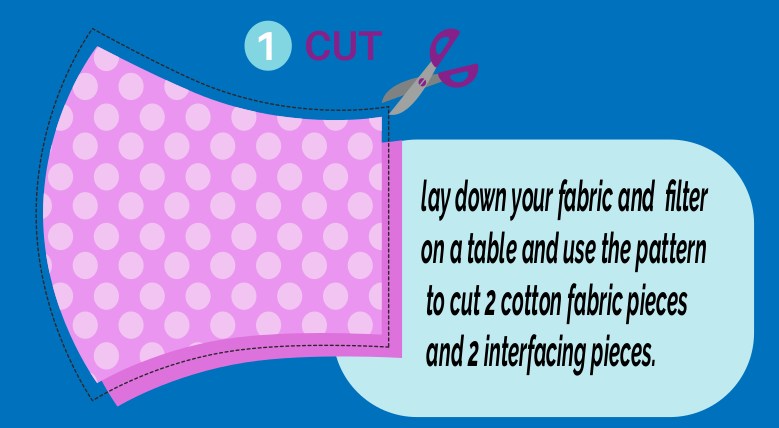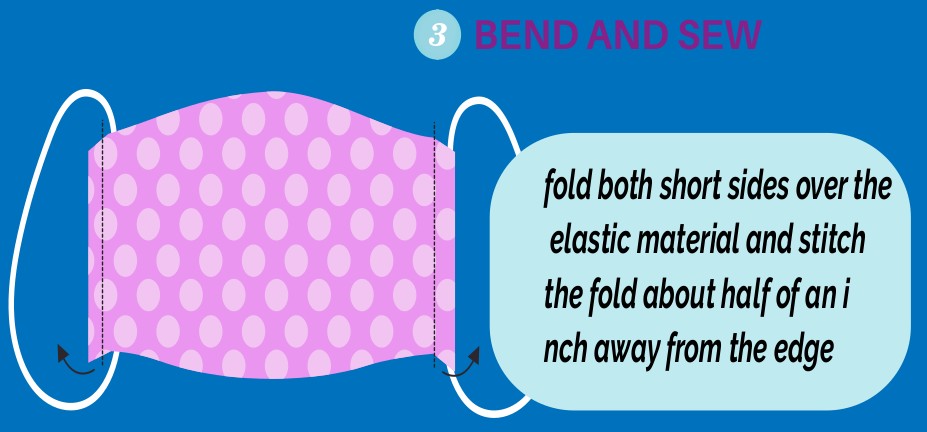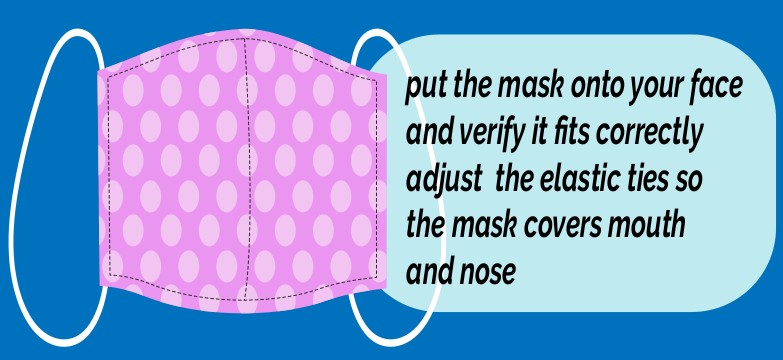How to make a 3-Ply mask at home
To limit the progress of the new coronavirus (COVID-19) pandemic, health organizations started to recommend homemade face coverings for people to wear in public.

Most homemade surgical masks offer some protection to the wearer and his surroundings. But only the N95 respirator masks can completely block germs from the wearer's nose and mouth. However, with the supply of such masks being lacking in the market, 3-Ply layers homemade masks are the best choice now, to curb the spread of the virus.
How can you make and use your own 3-Ply mask ?
Homemade masks are simple and easy to make, and you probably already have the materials you need at home, which are:
Requied meterial |
Where to find the material |
Description |
|---|---|---|
| Tightly woven, cotton fabric |
|
Make sure they are made entirely of cotton. |
| Nonwoven interface |
|
Make sure the filter you choose does not have high amounts of glass fiber, which can cause respiratory diseases. |
| Elastic material |
|
This is to tie the mask around the face. |
| Sewing materials |
|
The process of sewing a 3 layers surgical face mask with a filter

First, lay down your fabric on a flat surface and use the pattern to cut 2 cotton fabric pieces and 2 interfacing pieces. If you don't want to use the pattern, you can cut the fabric into 9x8-inch rectangles.

Second, place the pieces of the nonwoven interface (the filter) between the two pieces of the cotton fabric, the filter material should be sandwiched between the fabric layers, then start sewing the top and bottom of the fabric, leaving the sides for later.

The final step is to place the elastic material (ties and elastics) at the sides of the fabric. Fold both short sides over the elastic material and stitch the fold about half of an inch away from the edge.
Now all you have to do is to tie the ends of the elastic. Before doing that, try placing the mask onto your face. So you can verify that it has a good fit by covering the nose and mouth adequately. You can always adjust the fit of the mask by modifying the length of the elastic ties.

Make sure you wear your surgical or homemade mask correctly. If it is a reusable mask, clean it after each use. This will help to protect you and others from viruses and bacterias.